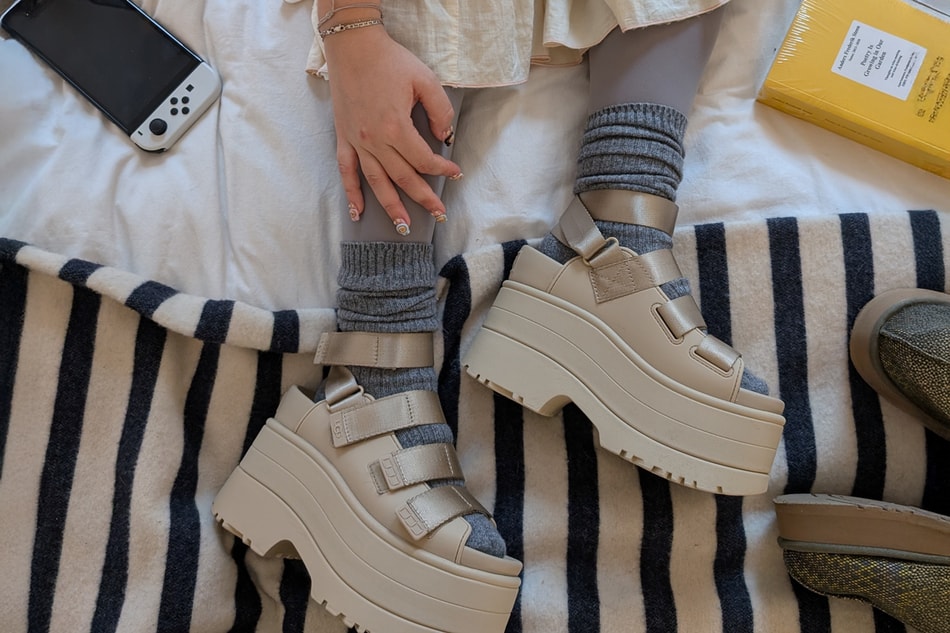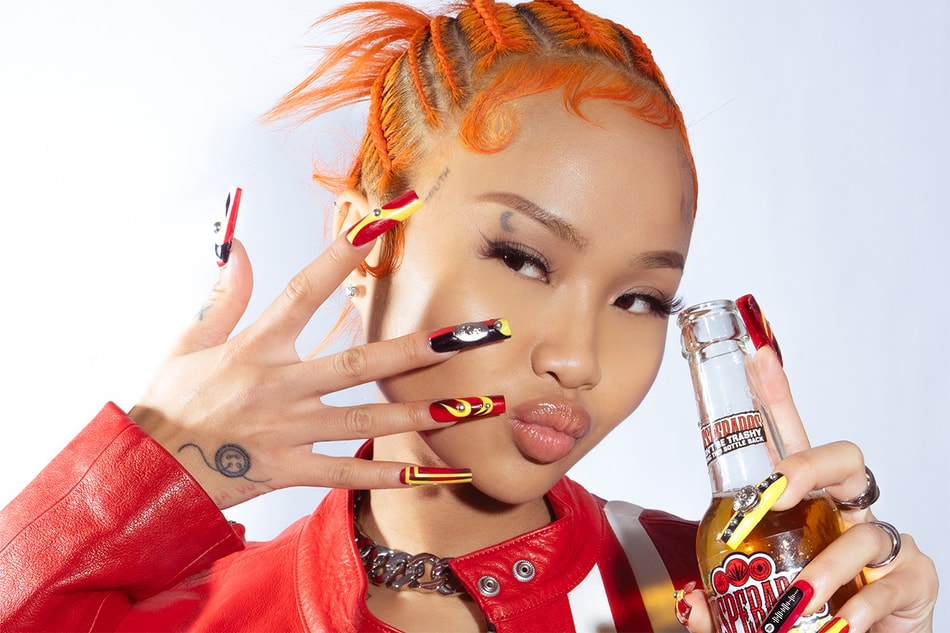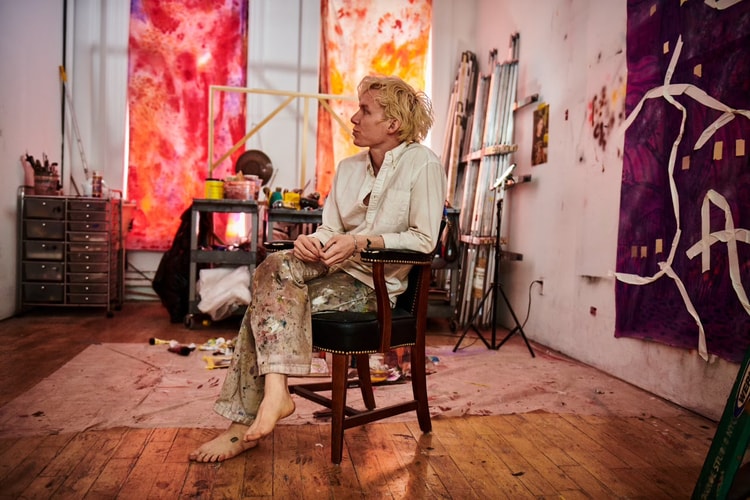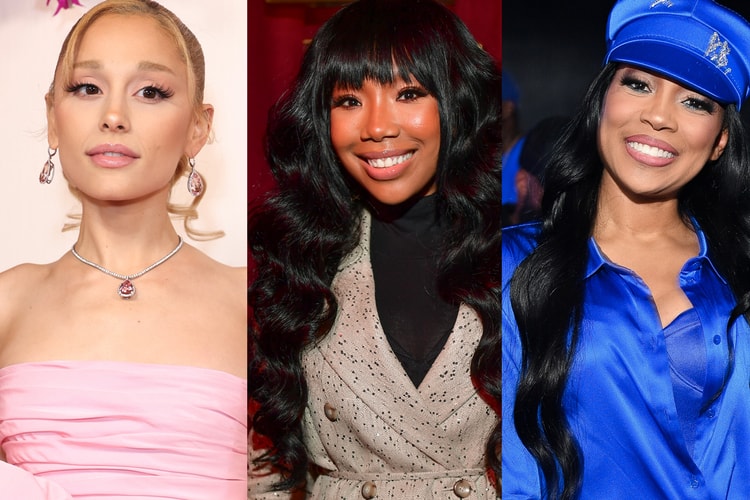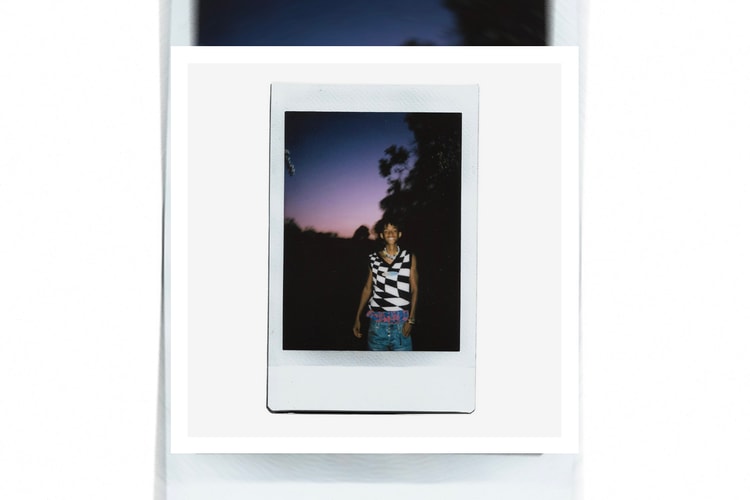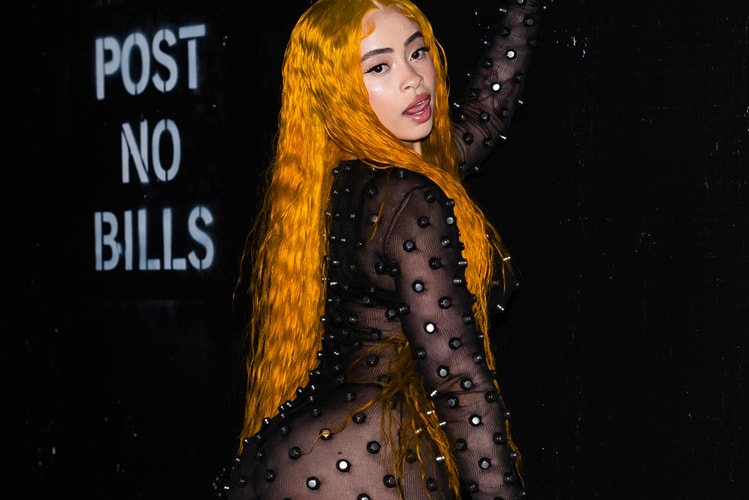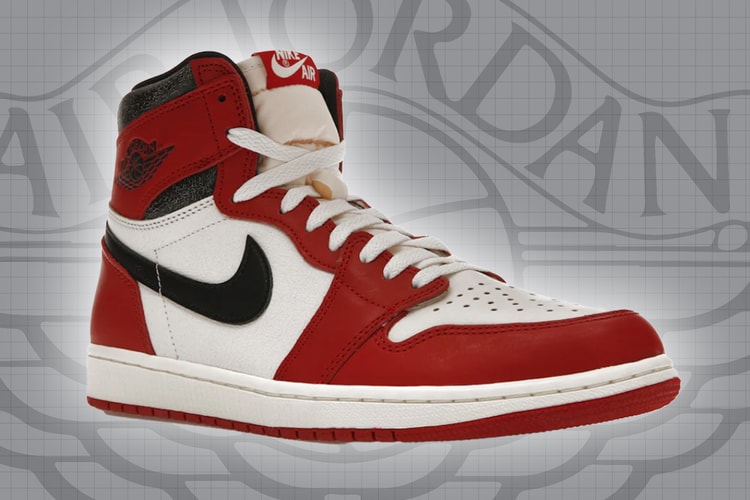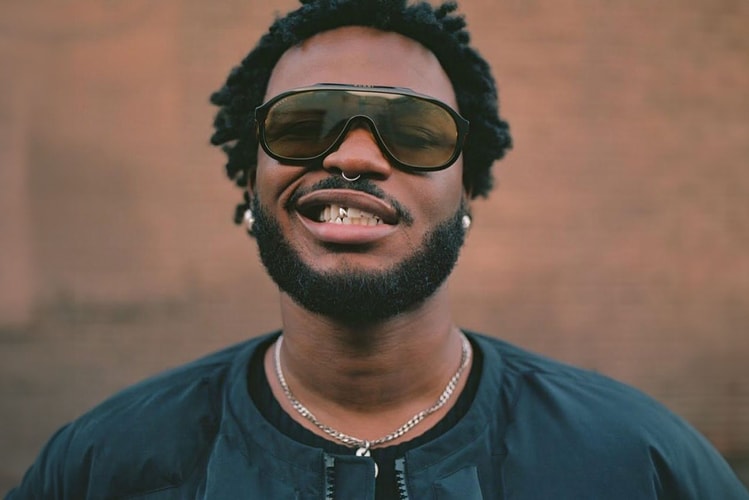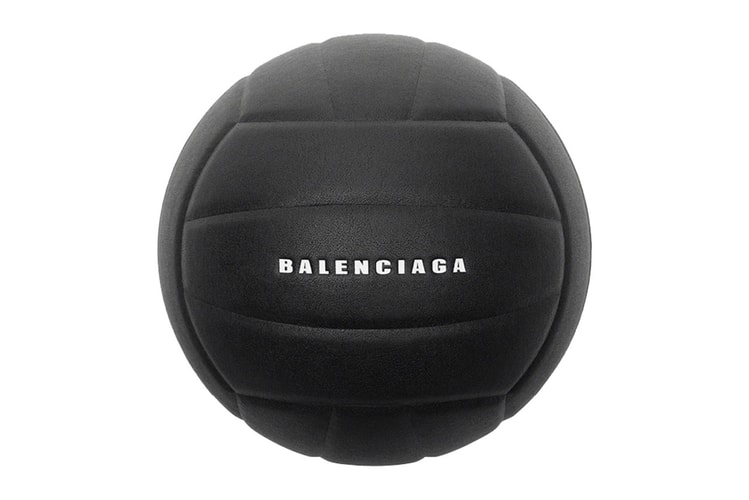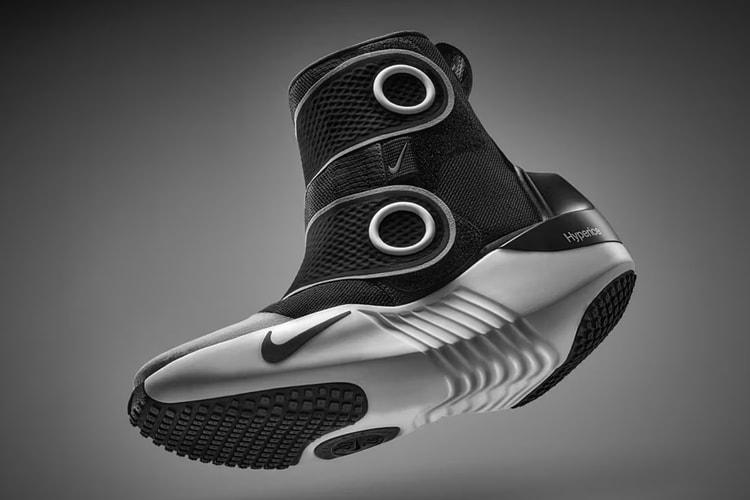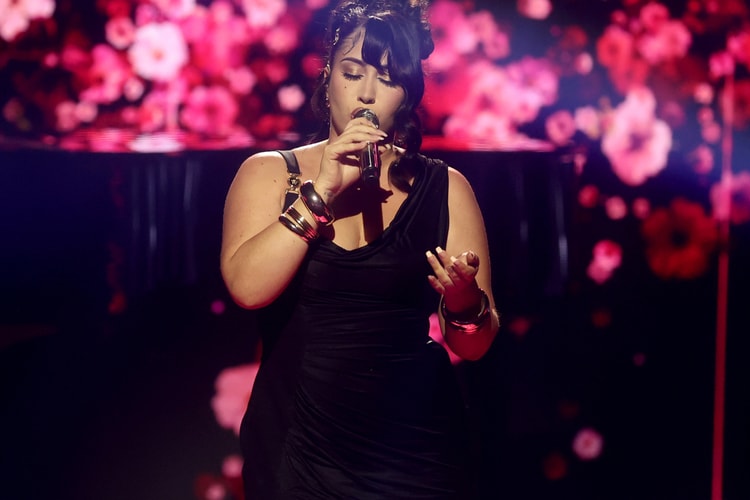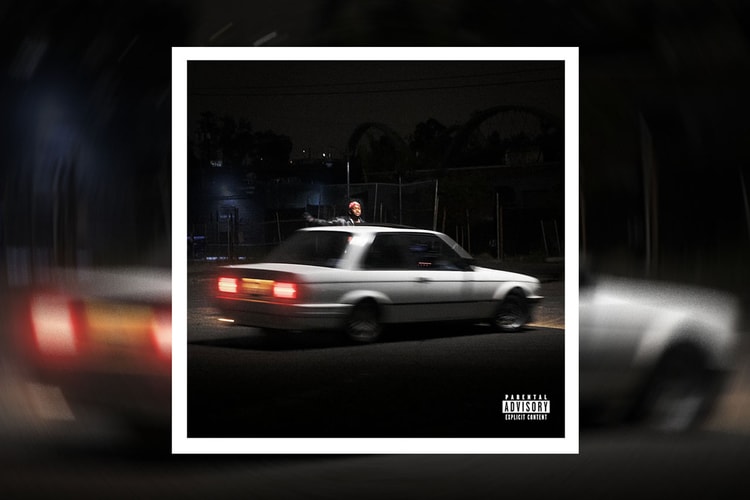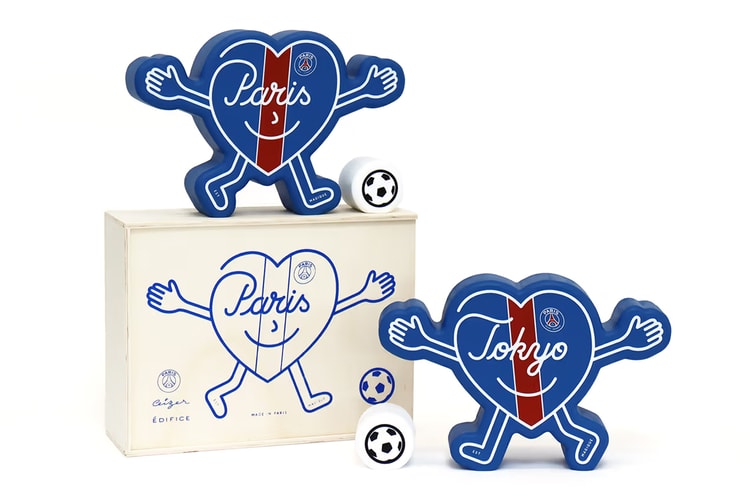In Conversation with the Head of Instagram, Adam Mosseri
In an exclusive interview, Hypebeast spoke to Instagram’s @mosseri on the platform’s role within culture, the secret to IG success, and if the chronological timeline will ever make a comeback.
In Conversation with the Head of Instagram, Adam Mosseri
In an exclusive interview, Hypebeast spoke to Instagram’s @mosseri on the platform’s role within culture, the secret to IG success, and if the chronological timeline will ever make a comeback.
It’s probably safe to say that Instagram has become bigger than its original founders ever thought it would (or could) be. Launched as a simple, square photo sharing app in 2010, “IG” has gone on to become one of the most ubiquitous and important pieces of software relied upon daily by hundreds of millions of people to connect to and communicate with friends. And, depending on your demographic, it might even be your primary search engine: a recent study by technology marketing company SOCI (referenced here by Forbes) showed that, for Gen-Z, Instagram ranks above Google on their list of preferred search engines. Google — a giant so big its name became a verb associated with the act of searching for something online — is, in fact, in third place behind Instagram and, you guessed it, TikTok.
“People want a little bit more of a behind the scenes view; people are now, in some ways, more interested in players than teams, journalists than publications, and musicians than labels.”
Instagram has become a digital microcosm of culture, an archive of life on earth powered by computers in the cloud – and driven, understandably so, in relative secrecy by teams of engineers in Silicon Valley – with each change or tweak to the way it operates having the potential to make or break a brand or a person’s livelihood. It has been the key player in driving influencer culture in the 2000s, reshaping not only how businesses do their marketing and reach their consumers, but how these consumers then buy their products, too. Over a quarter of the platform’s daily users – 26%, or around 130 million – used Instagram to shop in 2023, according to TechReport.
One of the brains behind the social network’s sometimes-controversial-but-almost-always-upwards evolution is Adam Mosseri – or, to his almost two-and-a-half million online followers, @mosseri – a 16-year veteran of the company formerly known as Facebook, Meta. Mosseri has been at the helm of Instagram for the past six years, guiding the platform through what have arguably been its parent company’s most formative years. Mosseri’s tenure so far has included the 2018 Facebook scandal, the second half of Donald Trump’s presidency and the closer scrutiny placed on social media during this time, the Black Lives Matter movement, a global pandemic that marked a generational shift in how we use technology, the mainstream rise of crypto and NFTs, as well as the rapid rise of TikTok, going from an obscure dancing app to Instagram’s main competitor.
“If you’re sharing content that is engaging, but is not true to yourself, people aren’t going to be interested in it. If it doesn’t help with your business goals, it doesn’t matter.”
On a recent trip to London, Hypebeast caught up with Instagram’s number one guy to talk about the platform’s role within culture today, what it is doing to support creators, some of the challenges it is facing, and where he sees it going. You can read our full conversation below.
This might be really easy or really hard to answer. But, what is Instagram?
What is Instagram? Hmm. Instagram is a place to share your creativity and to connect with the people you care about. We’re sort of at the intersection of those two ideas. And it’s evolved a lot over the years – from photos to videos to stories and DIYs – but that overlap between connecting with friends and pursuing your interests has always been at the heart of what we do.
Instagram touches many different parts of people’s lives. Where do you think it’s had the biggest impact?
I think it probably varies a lot by country. Over two billion people use Instagram all over the world. I think some of the biggest impacts that we have seen are – certainly for people who are interested in new or different or niche things – [that] it’s a way to find other people that are like minded and share those similar passions. That can be really meaningful, particularly if you don’t have access based on where you are in the world. For a lot of small businesses and for creators we’ve been an important way to your business, or to help you make a living, that can have a really meaningful impact. And, for a lot of people, it’s just about sparking a little bit of joy, maybe while you’re waiting in line for the bus or the tube. I think that’s important, too, but it’s not important in that moment necessarily, it’s more about how many people you can bring just a little bit of positivity.
Creators are often brands in of themselves. How does Instagram differentiate between brands and creators?
We think of creators as individuals who produce original content and have some sort of business intent; they’re trying to accomplish something professional, and that could be making a living or it could be that you’re an activist and you’re evangelising a cause. If you have a purpose where it’s part of your job to use Instagram, and you produce original content, and you’re an individual, then you’re a creator. A brand would be a company. You know, Instagram is a brand so the @instagram account is not a creator account, the same way a hardware store would be a business or a brand as opposed to a creator account.
Does Instagram prioritize one over the other?
Not directly, no. Generally, though, we see that creators tend to do better in terms of how much or how interesting people find their content. We think that’s because people are more and more interested in seeing the world through the eyes of other individuals. In a world where we’re inundated with more and more produced content, people kind of want a little bit more of a behind the scenes view; people are now, in some ways, more interested in players than teams, journalists than publications, and musicians than labels. We think that’s why the content tends to do well, but we don’t boost creator content. We do though – when we build features – think about creators first. So when we build our creative tools or insights tools, we build them with creators in mind, as opposed to large companies.
What dictates your priorities when it comes to innovation at Instagram?
The key thing is to stay true to our identity around creativity and connection, but to continue to evolve. We think that the biggest risk that a platform like ours faces is that the world changes quickly and if we don’t keep up we’ll just become irrelevant as the competition invariably continues to heat up. And so when we think about what to focus our time on, we try to think about how is the world changing, and what more can we do to help people connect with friends over their interests in this changing world. If people are changing how they communicate, how they share, how they entertain themselves, we need to keep up with that. But stay true to that core identity.
What is the secret to success on Instagram?
I wish there was a perfect silver bullet! I think the key thing is if you’re going to use Instagram as a creator or a professional in any way, to be really intentional about why. What are you hoping to get out of your use of the platform? Too often, I think people are interested in reach for reach’s sake. But reach is really a means to an end. You also need to be clear about who you want to show up as, or what part of yourself you want to share. You need to find the overlap of what kind of content can you can create that helps you achieve that business objective, is true to yourself, and people are going to find engaging. If you go too far to one direction or the other, then it’s not going to work for you. Right? If you’re sharing content that is engaging, but is not true to yourself, people aren’t going to be interested in it. If it doesn’t help with your business goals, it doesn’t matter. If you pursue your business goals, but you can’t figure out a way to make it engaging for people, not that many people are going to see it. So you’ve got to find that overlap. That’s the secret. Now, how to varies; the key thing that might be universal is to try to experiment. You have to continue to evolve as people’s interests change, even the people who follow you.
How long have you been with Instagram?
Wow, six years? Is that about right?
Can you tell us about some of the highlights of your journey so far? And, also, some challenges you’ve faced.
I mean, look, it’s been a wild six years. It’s an amazing job, I’m lucky to have it. My favorite things about the job are the people I get to work with, the people I get to meet outside the company, the number of people we get to build for. Highlights might include… I mean, though it’s been bumpy — so this may also be a bit of a low light — in our shift towards short form video and Reels, the fact that we’ve been able to grow significantly in the face of heated competition from YouTube Shorts or from TikTok is definitely a highlight. But a low light would be pushing it too hard, too fast, and some of the blowback we got a couple of couple of summers ago. I’d rather us take on risk, and occasionally have it mean that mistakes are made, but [we] evolve, than take on no risk and become stagnant. When people think of Instagram, they think of a feed of square photos, but most of the time that’s spent on Instagram is not on that. People spend more time on stories, on DMs, on video, and I think it’s a testament to the team’s ability over the years — even before I was on the team — to be willing to change and evolve.
You’re very active on your personal Instagram and try to engage with your audience a lot.
I try to. Maybe not daily, I’m not sure, but quite a lot.
What are you hearing from your community in terms of features or functionality that’s resonating with, and you want to help change or fix?
Well, I always try to get as much signal as I can, whether it’s from my comments or my DMs. But I also know that it’s not indicative of the average person’s experience. If you’ve decided to go on my Instagram and comment on my posts, not about what I posted but about something that you feel strongly about, it’s probably something that you’re upset about. So there is a bit of a selection bias there. When people complain about things, where there are patterns we try to look into them. One pattern is people want more reach. I think often people think that we suppress people’s reach, but the truth is if you’re making content that people are interested in seeing, it’s in our interest as a business to connect them with that content, because then they’ll be happy, you’ll be happy, and our business will do well. [People ask] “how can we make reach more predictable? How can we make it less volatile? How can we do more to explain how things work?” Another pattern would be people who get upset about content takedowns — or account takedowns — and, there, it’s about minimising the number of mistakes at our scale. Of course, we’re going to make mistakes, even if it’s only one percent or half a percent or 10 percent, that’s a lot of people out there. So how do we minimise the number of mistakes? Provide opportunities for people to appeal our decisions, review those appeals effectively and accurately. You try to look through all of it, try to sift through the noise, sometimes it’s just less productive and outright mean, but you try to find the signal and see what you can do to improve
Is there a world where the chronological timeline comes back?
You can go to Following on your feed right now and it’s chronological, and just from accounts you follow. But no, I don’t think it’ll ever be the default. When we make it the default, what happens is people’s feeds become on average less interesting. They get usually inundated with a small number of accounts who post the most, because they realised the best way to get more reach is just to post a tonne of times in a given day. And then what happens is people start using Instagram less, which moves down the average reach for everybody, and when we ask them in surveys they say that they like Instagram less. There’s tension between what people — maybe like one in 20 people – say they really want in the short term, and then what happens over the long run if you do that. We’ve tried to find the right balance by giving people the option but not making it the default.
Would you say Instagram today is the best version of itself?
I think that might be presumptuous. Look, it’s been different things at different times. And I think there are things that we’re doing better now and things we’re not doing as well. I think we are doing better now at messaging and video, which are the most important ways that people connect to entertain themselves, than we’ve ever been. But I also feel like the app is too complicated and not predictable enough. So, there are trade-offs. We go through years where we add a lot of features; we go through years when we simplify and reduce features. We go through these phases regularly, but there’s always room to improve.
Two-part question. What do you think the next 12 months has in store for Instagram? And, if you could make the perfect version of Instagram, what would that look like?
Our focus right now is on a few things. One is improving recommendations, helping to better connect people with content they’re interested in, particularly in video — I think there’s a lot of room to improve there. And another is to find ways to help people express their creativity more, either by extending or cleaning up existing products, or, in some cases, inventing new ones. I think you’ll see that most of the work we do ladders up to one of those two ideas: helping you discover content you love, and helping you express your creativity. I mean, the version I would put?! I don’t know. It’s probably not attainable. One of the things that happens when you’ve been around as long as we have is that you accrue complexity. And [this means] there are a lot of costs to removing things. I want to remove more. But whenever we remove things, even things hat are barely used by a small percentage of people… like under the activity feed you used to be able to go to a following section where you could see all the people you follow and what they’ve liked –
That was one of the best features!
See, you’re one of them! You’re one of the 50. It was a liiittle bit intrusive. We got a lot of heat when we removed it. And now we’ve got the Reels tab, we’ve got the Explore tab, they overlap in a lot of ways but can we consolidate those? I don’t think we can, just given how important they are for so many people. If I could wave a magic wand then I think I would have less surfaces [sections within the app], have fewer that were a bit better at each job.
Want more? Check out nine additional questions we asked Adam on video below.
View this post on Instagram


